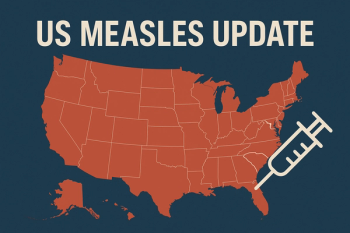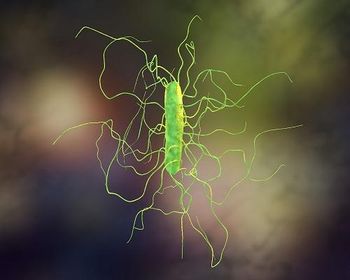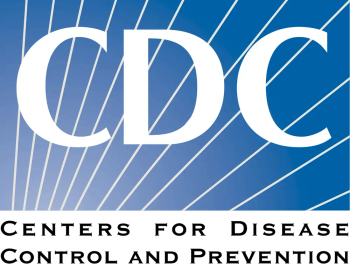
Treating Parents Colonized With Staph Aureus Cuts NICU Transmission Risk
Treating parents colonized with S aureus reduced neonatal colonization with concordant S aureus strains when compared to placebo.
Staphylococcus aureus infections are serious health care-associated infections and are especially dangerous when they occur in the neonatal intensive care unit (NICU).
Prevention strategies in the NICU primarily focus on limiting neonatal exposure to S aureus via reservoirs in the environment and health care workers, but the role of parents as a reservoir has not been not well studied.
With this in mind, a team led by investigators from Johns Hopkins set out to evaluate whether treating parents colonized with S aureus could reduce transmission from parent to neonates.
The results of the double-blinded randomized clinical trial were published in
The study was conducted in 2 tertiary NICUs in Baltimore, Maryland, from November 7, 2014, through December 13, 2018. In total, the study enrolled 236 neonates with parents colonized with S aureus.
The primary end point of the study was neonatal acquisition of the same S aureus strain as their parent at time of screening within 90 days. Secondary outcomes included neonatal acquisition of any strain of S aureus and neonatal S aureus infections.
For the investigation, 117 parents were assigned to receive intranasal mupirocin and 2% chlorhexidine—impregnated cloths while 119 parents were placed in the placebo group and received petrolatum intranasal ointment and nonmedicated soap cloths. Both groups received 5 days of treatment.
In total, 208 neonates were included in the analytic sample, 18 of whom were lost to follow up. Available information indicates that 55% of the neonates were male, 76% were from a singleton birth, the mean birthweight was 1985 grams, and 76% of infants were born via vaginal births.
Of the 190 neonates in the analysis, 74 (38.9%) acquired S aureus colonization within 90 days. From this population, 42 (56.8%) had a strain concordant with the baseline parental strain.
The investigators observed that in the intervention and placebo groups, 13 of 89 neonates (14.6%) and 29 of 101 neonates (28.7%), respectively, acquired concordant S aureus colonization (risk difference, —14.1% [95% CI, –30.8% to –3.9%]; hazard ratio [HR], 0.43 [95.2% CI, 0.16 to 0.79]).
In looking at secondary outcomes, 28 of 89 neonates (31.4%) in the intervention group and 46 of 101 neonates (45.5%) in the control group acquired any S aureus strain (HR, 0.57 [95% CI, 0.31 to 0.88]), and 1 neonate (1.1%) in the intervention group and 1 neonate (1.0%) in the control group developed an S aureus infection prior to colonization. The investigators also note that skin reactions in parents were common in both groups (4.8% intervention, 6.2% placebo).
Based on these findings, the study investigators report that treating parents colonized with S aureus with intranasal mupirocin and chlorhexidine-impregnated cloths significantly reduced neonatal colonization with concordant S aureus strains when compared with placebo. However, the investigators caution that more work is needed.
“Treating colonized parents may reduce risk of S aureus transmission to neonates, but these findings are preliminary and require further research for replication and to assess generalizability,” the authors concluded.
Newsletter
Stay ahead of emerging infectious disease threats with expert insights and breaking research. Subscribe now to get updates delivered straight to your inbox.





















































































































































































































































































